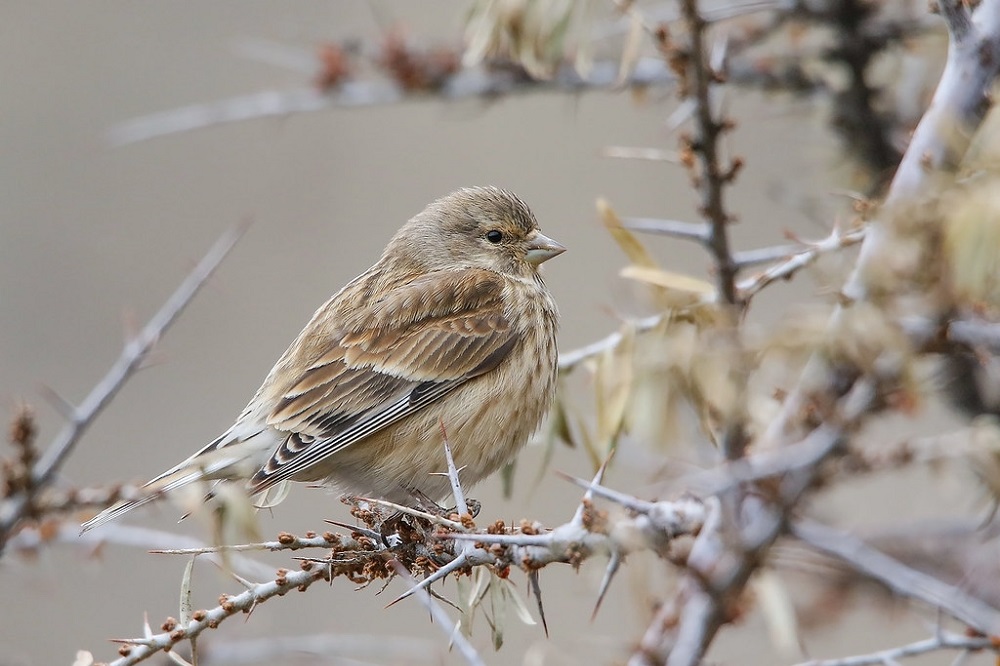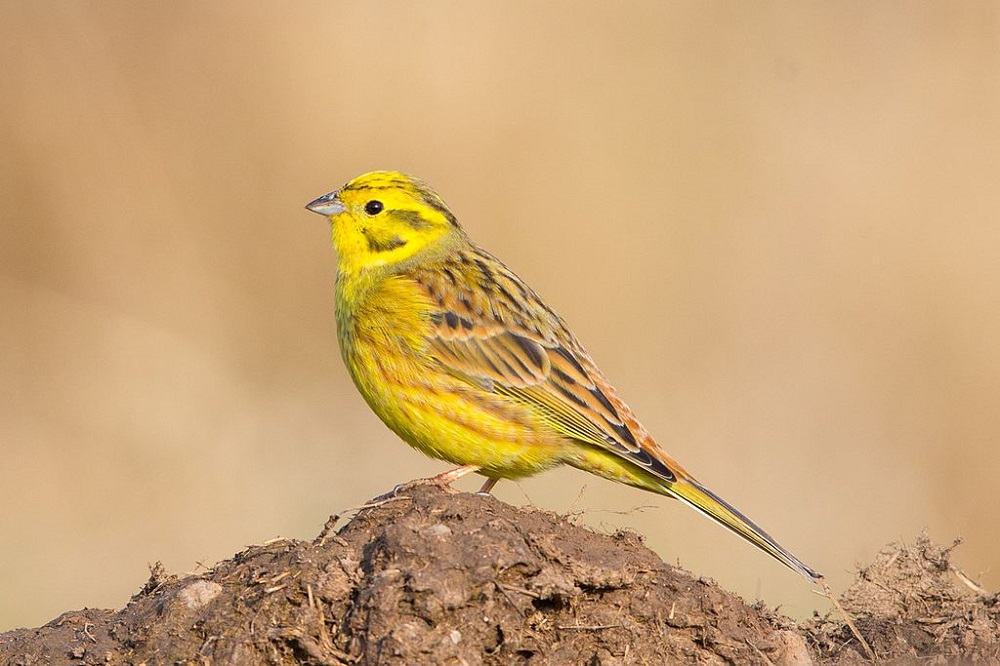Seed crop trial reports sixfold increase in farmland bird numbers on Welsh farms

Welsh farms have significantly increased populations of farmland birds since growing seed-bearing cover crops and providing feeding stations containing supplementary seed.
The project, backed by the European Innovation Partnership (EIP) Wales and run in conjunction with The Game and Wildlife Conservation Trust (GWCT) has been operating on two farms to help reverse the dramatic decline of bird numbers in recent years.
As the three-year project nears its conclusion, it shows dramatic results.
Winter surveys have recorded a sixfold increase in the number of the birds visiting those farms, including linnets, a species on the red list of Birds of Conservation Concern.
Crucially, breeding bird surveys found a doubling of farmland bird populations.
Diverse
GWCT Advisor for Wales, Matt Goodall, said the entomology team has also found higher numbers of insects in the cover crops, and a more diverse range of species, which helps provide feed for the birds and for their chicks in the spring and summer.
Mr Goodall points out that it is not just birds that benefit from winter cover crops but farm soils too. “These are deeper rooting plants so there is the potential to improve soil health and sequester more carbon, especially if the crop is direct drilled.’’
Across Wales and in the UK in general, farmland bird numbers have declined with species like the corn bunting disappearing altogether from Wales, and others, including the yellowhammer, red listed.

Mr Goodall says one reason is the polarisation of farming systems: “Wales used to have more of a mixed farming landscape, with crops grown on the farm to feed cattle and sheep.
“As a result of that more polarised farming landscape a lot of species that depend on eating seeds are declining.’’
The two farms involved in the project – Tŷ Newydd Farm, an organic dairy farm in Trefnant, Denbighshire, and Gilar Farm, a hill sheep and beef farm near Pentrefoelas – were chosen because they are representative of farms found across Wales.
A combined total of 5.5 hectares (ha) of wild bird seed mix cover crops were grown across the two holdings and supplementary feeding buckets filled with seed placed near the crops to provide sufficient food during the so-called ‘hungry gap’ from December to April, when the seed in the cover crop is eaten.
Baseline surveys of populations in the first year of the project provided a starting point.
Sharp increase
The survey recently undertaken as the project concludes showed a sharp increase in bird numbers.
With the projects results exceeding expectations, Mr Goodall said: “Some sceptics might suggest that we are attracting birds from other areas to these sites, that we are not seeing an increase in populations, but even if that was the case those birds are surviving the winter rather than dying and are stronger going into the breeding season.
“However, our breeding bird surveys show that the crops and feed do make a difference to the populations on the farms themselves.’’
What had been unexpected was the doubling of breeding bird numbers so quickly and within the life of the project, he adds.
Although the EIP project is concluding, Mr Goodall says there is an ambition to continue with this work, with the hope that future support schemes will provide options that benefit farmland bird populations.
Every farmer in Wales can help pinpoint any changes to bird populations in Wales by participating in the annual GWCT Big Farmland Bird Count, this year from 3-19 February. Visit https://www.bfbc.org.uk/ to find out how.
Support our Nation today
For the price of a cup of coffee a month you can help us create an independent, not-for-profit, national news service for the people of Wales, by the people of Wales.




